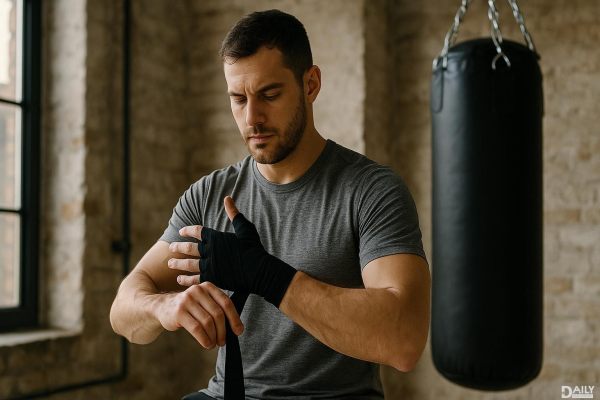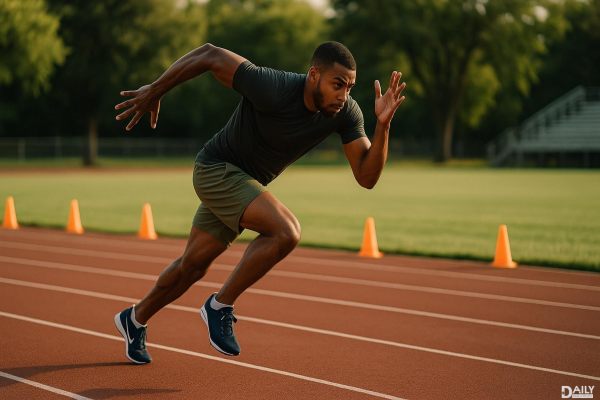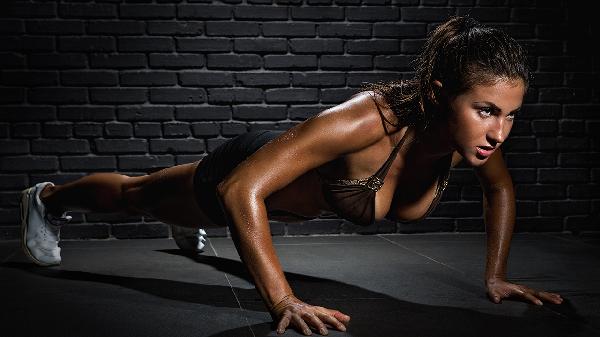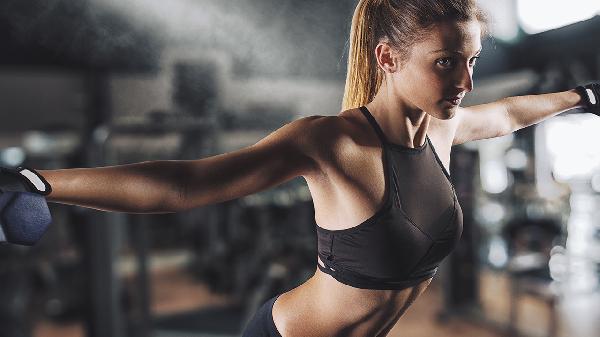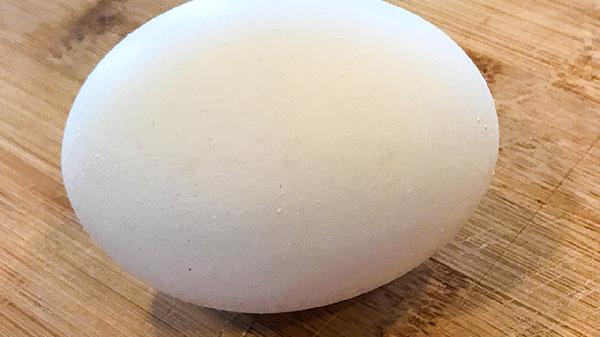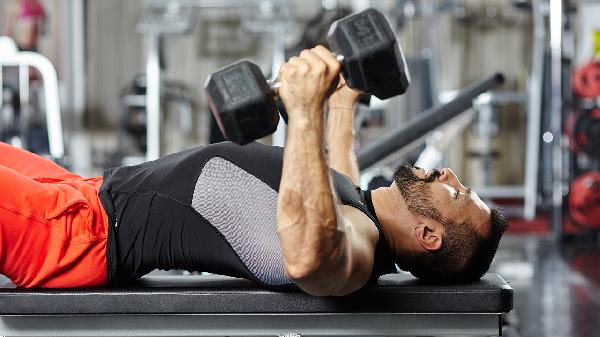If you're feeling scattered, overwhelmed, or just need a mental reset, this 10-minute full-body yoga flow is the perfect way to re-center yourself. Designed for beginners but effective for all levels, this sequence—presented by Athleta and led by yoga and meditation instructor Nikki Nie—combines gentle movement with breathwork and visualization to help you slow down, release negative energy, and reconnect with the present moment. "This practice is about grounding yourself, tuning into your intuition, and cultivating empathy—for yourself and others," Nie explains. Whether you're squeezing it in before work, during a lunch break, or as a wind-down ritual, this short but powerful session will leave you feeling more balanced and at ease.
Start With Breath: The Foundation of Grounding
Before diving into movement, Nie guides you through a simple yet transformative breathing exercise. Sitting comfortably, you'll take deep inhales through the nose, filling the lungs completely, then exhale slowly through the mouth. "Breath is the bridge between the mind and body," Nie says. "When we're frazzled, our breathing becomes shallow, which keeps us stuck in that frantic energy." By consciously deepening each breath, you signal to your nervous system that it's safe to relax. This isn't just about oxygen—it's a tool to redirect scattered thoughts and anchor yourself in the here and now. If your mind wanders (and it will—that's normal!), gently guide your focus back to the rhythm of your breath. This mindful foundation sets the tone for the entire practice.
Chair Pose: Finding Strength in Stillness
From your seated position, rise into Chair Pose (Utkatasana), bending the knees as if sitting back into an invisible chair. Arms reach overhead, palms facing inward. "This pose looks simple, but it’s a powerhouse for building focus," Nie says. The quads fire up, the core engages, and the breath deepens to sustain the hold. The challenge? Staying present instead of counting down the seconds. Nie encourages you to notice where tension creeps in—maybe the shoulders hike toward the ears, or the breath gets choppy. "That’s valuable feedback," she says. "Use it as a cue to soften and adjust." This pose teaches you to find steadiness even when things feel tough, a skill that translates off the mat, too.
Crescent Lunge: Opening the Heart, Releasing Resistance
Step one foot back into a low lunge, back knee hovering just above the ground. Inhale as you sweep the arms overhead, palms facing each other. "Crescent Lunge is all about expansion," Nie explains. "Physically, it stretches the hip flexors and strengthens the legs, but energetically, it encourages us to open rather than contract when faced with discomfort." It’s common to want to rush through this pose—our brains are wired to avoid strain—but Nie invites you to pause and observe. "Where can you soften? Maybe it’s the jaw, the grip in the hands, or the mental narrative that says, 'This is hard.'" By consciously relaxing unnecessary tension, you create space for resilience and patience.
Warrior 3: Balancing Effort and Ease
From Crescent Lunge, shift your weight onto the front leg and lift the back leg, extending it straight behind you as you hinge forward at the hips. Arms can stretch forward, out to the sides, or rest on the hips. "Warrior 3 is a humbling pose," Nie laughs. "It requires strength, focus, and a willingness to wobble." Instead of fighting for perfection, she suggests embracing the micro-adjustments—the tiny shifts in your toes, the engagement of the standing-leg glute, the steady gaze on one spot. "Balance isn’t about being motionless; it’s about responding with awareness." This pose mirrors life’s unpredictability: sometimes you’ll feel steady, other times you’ll tip, but the practice is in recovering with grace.
Boat Pose: Igniting Inner Fire
Seated on the mat, lean back slightly and lift the legs, knees bent or straight, forming a "V" shape with the torso and thighs. Arms extend parallel to the ground. "Boat Pose is where we cultivate tapas—the inner fire that fuels discipline and transformation," Nie says. It’s tempting to collapse the chest or hold the breath here, but Nie cues you to keep the heart open and breathe deeply. "This isn’t about punishing the core; it’s about connecting to your center, both physically and metaphorically." When the muscles shake, she reminds you that growth happens at the edge of comfort. "Just five more seconds—you’ve got this."
Dynamic Bridge: Activating Joy
Lie on your back, knees bent, feet hip-width apart. Press into the feet to lift the hips, then lower halfway down before rising again. "Bridge Pose is a celebration of movement," Nie says. "It wakes up the glutes, stretches the front body, and—when done dynamically—creates a rhythm that feels almost playful." She encourages you to sync the movement with your breath: inhale to lift, exhale to lower. "Let it be joyful! Yoga doesn’t always have to be serious." This pose is a reminder that grounding practices can also be lighthearted, a counterbalance to the intensity of poses like Boat or Warrior 3.
Final Relaxation: Integrating the Practice
The session closes with a brief Savasana (Corpse Pose), lying flat on the back with arms relaxed at the sides. "This is where the magic settles in," Nie says softly. "Allow the body to absorb the benefits of your effort." She guides you to scan for any lingering tension, consciously releasing it with each exhale. "Carry this sense of presence into the rest of your day." Even just two minutes of stillness can deepen the effects of the practice, leaving you refreshed and realigned.
Nikki Nie’s approachable yet insightful guidance makes this flow ideal for beginners, but its emphasis on mindfulness ensures even seasoned yogis will find value. By pairing movement with breath and intention, the practice becomes more than just exercise—it’s a tool for mental clarity, emotional balance, and reconnecting with yourself. Roll out your mat, hit play, and let this 10-minute sequence remind you that peace is always within reach.
